Modernising Software
The impact of Software Modernisation on your business
Software modernisation aims to make change easier so that software systems are aligned with the business needs. We believe that software must not only provide value to the business but also help drive innovation.
Often businesses are faced with software that doesn’t meet their needs without requiring constant maintenance, causing delays and unplanned expenses. When software becomes an ever-increasing burden, businesses are unable to innovate and keep up with market demand.
Whilst the decline of software is often slow, we have become accustomed to costly change. This, however, doesn’t need to be the case. Modernising software increases the business agility and ultimately makes change easier allowing your software to evolve as your business does.
Software modernisation, however, is not straightforward and raises many questions. This page begins to shed some light on the key areas that you must consider for a successful software modernisation strategy.
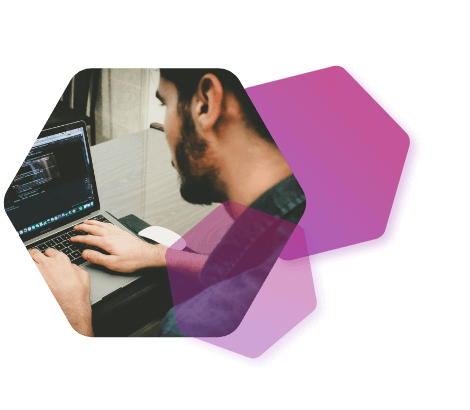
Risk Management
Creating growth and innovation through software modernisation isn’t without risks, but having good risk management, operational excellence and compliance processes can help minimise these.
Read why is software risk management so important to understand, as it covers:
- Isolating and introducing tighter controls in critical areas
- Taking a strategic approach to regulatory compliance
- Creating secure and scalable environments with cloud services
- Site Reliability Engineering (SRE)
- Auditing and logging for operational requirements
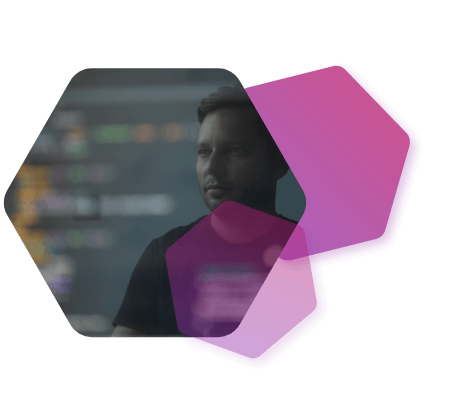
Culture
A healthy software development culture in a business allows developers to work towards a common goal, creating good communication and knowledge sharing. This heightens the effectiveness and skillset of all, helping to achieve business and technology goals.
Learn why culture is so important in software development. As we review how we create a suitable culture by:
- Providing space for autonomy and mastery
- Creating a sense of purpose
- Using modern and attractive technology
- Continuous Training
- Coaching and mentorship
- Internal communities of practice
- Engagement with external communities
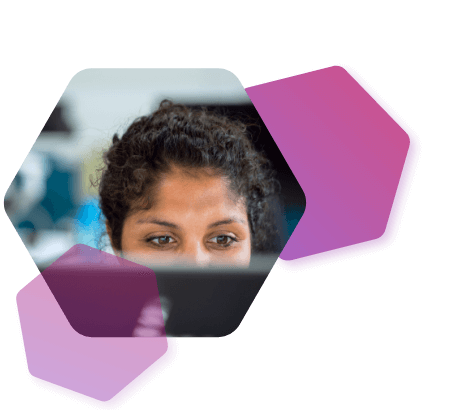
Sustainable Change
Businesses can only move as fast as quality software can be delivered. When modernising software code, it becomes important to make efficient safer changes.
Adding or changing features carries the risk of adversely impacting live functionality. Systems that are not designed with sustainable change in mind increase this risk and require much more time and effort to make safer changes. Evolution towards better design and inherently safe engineering practices can reduce this risk.
Read how to optimise software development for sustainable change to learn how the following will help make efficient and safe changes to code:
- Utilising modular and business-aligned architecture
- Using quality agile engineering practices
- Creating a DevOps culture of stable and repeatable processes
- Creating code with inherent quality
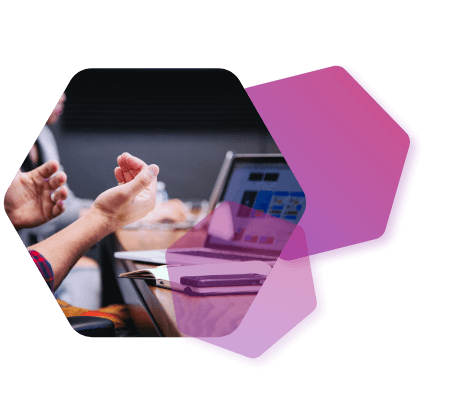
Innovation
Innovation can be the difference between leading the market or falling behind, but software needs to be able to evolve to keep up with demand. Creating well-designed and flexible software allows a business to experiment for innovation.
Learn how to create innovative software solutions through software development which covers:
- Using modular architecture for localised experiments
- Having a culture of fast feedback loops
- Using feature flags for better control of experimentation
- A/B testing accompanied by business intelligence
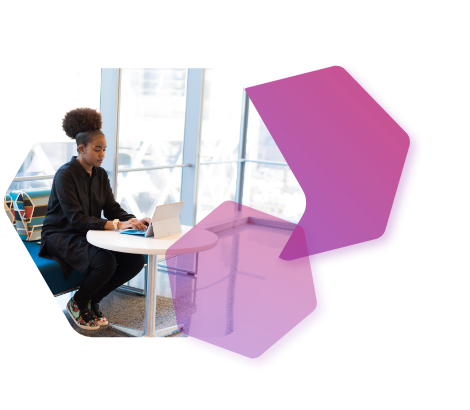
New Technology
New technologies emerge every day, and having the flexibility to include these in the software modernisation plan can help create software fit for the future.
Learn how you can incorporate these technologies into your software in order to drive business success. Learn how to leverage new technology in software. We will discuss:
- Cloud-native strategy
- Serverless architecture
- 3rd party integration
- Containerisation
- Elastic scaling
- Automation
- Infrastructure-as-code
- Managed databases
- Modern frameworks

Business Goals
The main goal of software modernisation is being able to achieve more effective business goals by creating software that will evolve as the business evolves. A large part of ensuring this is achieved by aligning both the business and technology goals towards one common strategy.
Read how can I align my business goals with technology to understand how this could be possible, we discuss:
- Eliminating Silos and aligning teams to strategic business goals
- Technology-led business evolution
- Ubiquitous language
- Closer collaboration
- Faster quality feedback